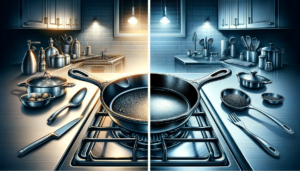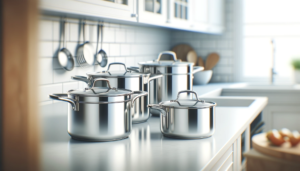Salt pitting may sound harmless, but this sneaky corrosion process can quietly destroy metal structures from the inside out if left unchecked.
Salt pitting is a metal corrosion condition characterized by surface pits, cracks and defects due to chloride salt exposure.
Certain metals like stainless steel are highly vulnerable, leading to rust formation, strength declines and eventual part failure over time.
Let’s dive into what exactly causes salt pitting corrosion, what metals are most at risk, and most importantly, what preventative measures can help avoid its destructive effects.
Salt Pitting: What It Is and How to Prevent It?
Salt pitting is a form of corrosion that causes pits and cracks to form in metal surfaces, especially stainless steel, when they are exposed to chloride salt solutions.
To avoid salt pitting, you need to limit contact between metals and salt, such as by washing off any salt residue, protecting the metal with a coating, or using more resistant metals or alloys.
We’ll explore the causes, effects, and prevention methods for salt pitting in more detail throughout this article.
What Is Salt Pitting?
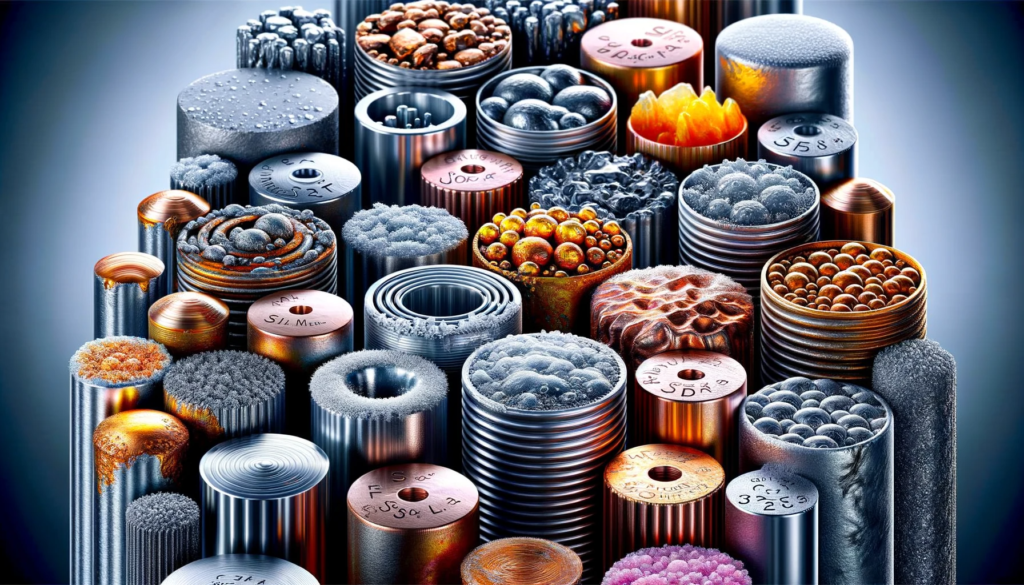
Salt pitting is a form of corrosion that occurs on metal surfaces, especially stainless steel.
It is characterized by the formation of pits, cracks, and small holes in the metal, caused by exposure to chloride salts.
The chloride ions penetrate through any protective surface layer on the metal and initiate rapid localized corrosion, leading to surface defects and eventual structural failure if not addressed.
Salt pitting occurs due to a process called crevice corrosion.
When a salty solution becomes trapped in cracks, pores, or imperfections in the metal’s surface, it creates a concentration cell.
This leads to differential oxygen levels within the trapped liquid compared to the exposed surfaces.
In essence, the salty liquid acts as a corrosion cell, except it occurs across the surface rather than connecting two pieces of metal.
Where Does Salt Exposure Come From?

There are a few common sources of salt exposure that can cause pitting damage:
Seaside Locations: Any metals exposed to ocean spray or seaside air will be vulnerable to pitting corrosion.
The sea salt particles act as natural electrolytes and accelerate the corrosion reaction when they collect on metal surfaces.
Stainless steel fittings, boat propellers, railings, and other seaside metals are all prone to pitting.
Salted Winter Roads: Cold climate areas often use salt as an ice-melting agent on their roads in winter.
As salt laden moisture gets kicked up onto vehicles, exposed metal components like frames, rocker panels, exhaust components, and wheels are also put at risk of pitting over time.
The concentration is lower than ocean salt but will still corrode over years.
Cleaners and Chemical Solutions: Many industrial and household cleaners contain chloride compounds which make them more effective.
But overexposure during cleaning or from residue remaining on wet metal can lead to pitting damage accumulating slowly.
Bleaches, hydrochloric acid solutions, and alkaline degreasing agents used in manufacturing are common culprits.
Effects Of Salt Pitting
The effects of unchecked salt pitting on metals can be severe, leading to:
Surface Defects and Cracks: The most visible evidence of pitting damage.
Tiny pits, etching marks, pinholes, and cracks appear scattered across the metal’s surface as corrosion penetrates inward.
These defects grow wider and deeper over time.
Structural Weakness: As the pits penetrate deeper, they can compromise the internal structure of metal components.
This leads to weak points prone to cracking or breakage, especially under load stress.
Unchecked pitting near welded joints or threaded holes is especially problematic.
Rust Formation: Once the protective layer of a metal like stainless steel is breached, regular surface corrosion can take hold.
This leads to internal rust formation even on metals like aluminum or stainless steel meant to resist corrosion through passivation layers.
Rust weakens the metal further.
Part Failure: In load bearing applications like rods, fasteners, springs, or shafts, the cumulative damage from extensive pitting corrosion will eventually cause outright part fracture or failure.
This can lead to sudden mechanical issues in systems relying on these components.
Metals Susceptible To Salt Pitting
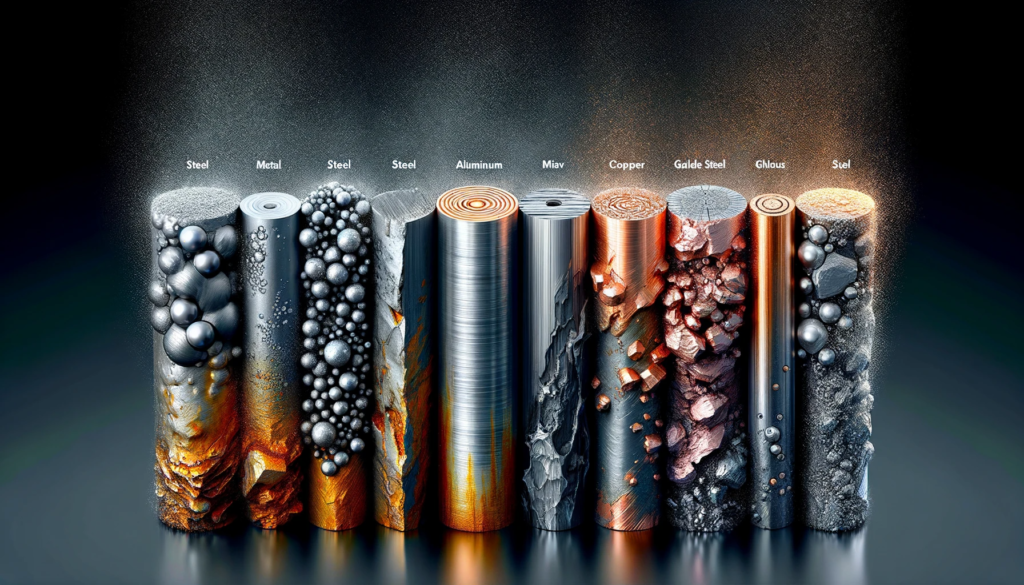
While salt pitting can happen to many types of metal, some of the most vulnerable include:
Stainless Steel: The microstructure of stainless steel makes it especially prone to chloride salt pitting.
Imperfections in the protective chromium oxide layer covering the surface allow pits to quickly form, penetrating the nickel and iron interior.
Higher carbon variants are most at risk.
Aluminum: Used in marine vessels and applications for its light weight and corrosion resistance, aluminum is still prone to saltwater pitting over time.
Welded joints and areas with residual stress are often the most affected.
Anodizing helps increase pitting resistance.
Copper Alloys: Including brass, bronze and copper nickel alloys which are valued for their attractive appearance and antimicrobial properties.
But zinc content in particular accelerates pitting rates for these alloys when exposed to salt, as does incomplete annealing.
Galvanized Steel: The zinc coating applied to galvanized steel can actually accelerate pitting when damaged or unfinished.
Cut edges and welded areas become highly susceptible to salt corrosion attacking both the zinc and steel substrate beneath.
Preventing Salt Pitting
There are several effective ways to prevent or reduce salt pitting damage:
Washing To Remove Salt: Simply washing metal surfaces which have salt exposure using fresh water helps remove accumulated chloride salts before they can initiate pitting.
This applies to both indoor and outdoor metals from seaside railings to manufacturing equipment.
Applying Protective Coatings: Using an oil, wax, paint, power coating or other physical barrier helps block environmental chloride salt from contacting the bare metal surface where pitting begins.
However, any coating damage needs prompt touch up to avoid crevice corrosion.
Powder Coating: As an industrial protective finish, powder coatingprovides excellent corrosion resistance plus impact and scratch protection from sand, salt and road debris for items like vehicle frames.
Yearly touch-ups maintain its integrity.
Using Stainless Steel Alloys: Selecting low-carbon, extra-low-carbon, or nitrogen-alloyed stainless steel grades imparts improved pitting resistance.
Similarly, futuristic alloys like duplex or super-duplex stainless steel combat pitting through added chromium, molybdenum and nitrogen content in their metallurgy.
Protective Tapes and Shields: Temporary protective tapes, seals and removable plastic shields provide inexpensive protection from salt exposure during transport or seasonal storage periods.
However, long-term adherence issues mean they can’t replace coatings.
Detecting And Treating Salt Pitting
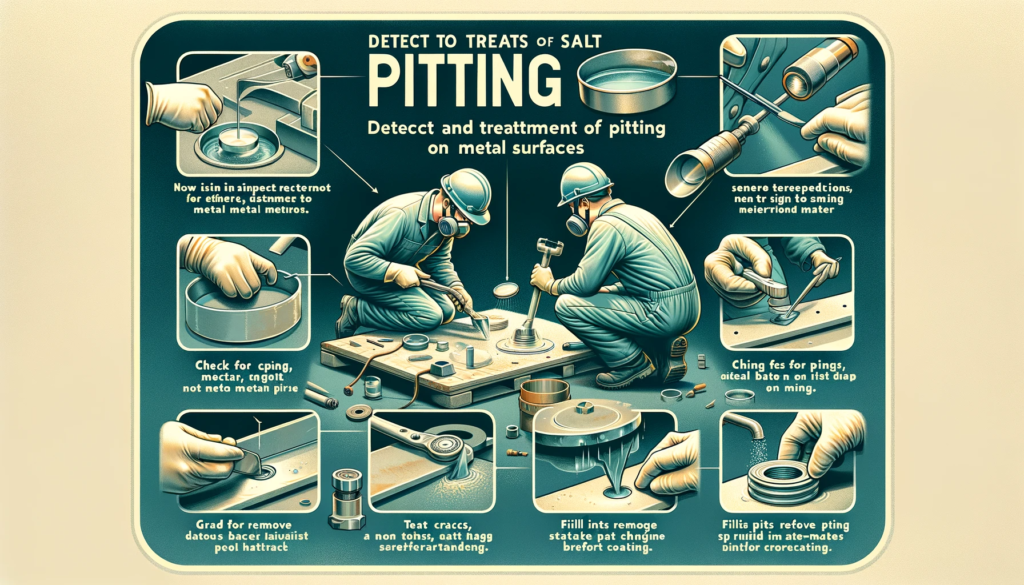
To mitigate salt pitting damage, regular inspection paired with corrective action is key:
Inspect for Early Signs: Pitting usually begins as small darkened dots scattered across a metal surface.
Magnified examination helps identify areas attacked by salt corrosion in the early stages before extensive damage.
Check for Cracks: As pitting loosens metal fragments, tapping gently with a coin can reveal underlying cracks not visible but prone to propagation through stressed metal parts.
Alternatively, penetrant testing fluid draws out trapped cracks.
Test Metal Hardness: Using a handheld hardness tester on an exposed metal surface provides quantification of the material degradation happening beneath visible pits.
Lower hardness equates to advanced corrosion levels.
Remove Damage Through Grinding: Manual grinding or sanding using successively finer abrasive pads/paper can eliminate smaller areas of early pitting damage along with other imperfections which trigger attacks.
This should be followed by coating renewal.
Filling Pits Before Coating: More prominent pits which have formed small cavities or indentations can be filled using an epoxy or metal-filled polymer filler product.
This creates a smooth surface to then apply protective coatings.
Conclusion
Salt pitting is a form of corrosion that causes pits and cracks to form in metal surfaces, especially stainless steel, when they are exposed to chloride salt solutions.
To avoid salt pitting, you need to limit contact between metals and salt, such as by washing off any salt residue, protecting the metal with a coating, or using more resistant metals or alloys.
We’ll explore the causes, effects, and prevention methods for salt pitting in more detail throughout this article.

